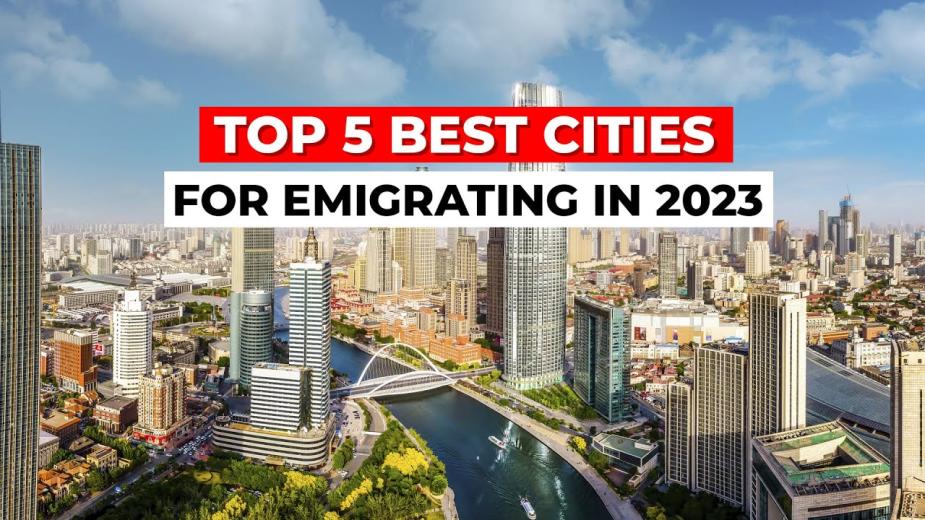Until recently, Iceland warmly welcomed travelers, people from all over the world came here for the northern lights, black beaches and the feeling of the edge of the world. Tourism, in particular, helped the country get out of the economic crisis of 2008, but now the authorities are sounding the alarm: the flow of guests has grown to such an extent that it is beginning to destroy Iceland itself - its nature, infrastructure and the usual rhythm of life.
Why is a country that is so dependent on tourism now deliberately doing everything to limit it?

When there are more tourists than locals
Iceland is a small country: only 400 thousand people live here, and its territory is five times smaller than France. But in 2024, 2.5 million tourists came here! This is six times more than the population of the country!

Imagine if 400 million visitors came to France every year. A huge flow of people, rising prices, traffic jams, queues, the burden on hospitals - it is not difficult to guess what is happening. When Iceland's economy was collapsing after the 2008 crisis, it was tourism that became a lifesaver, but now it has turned into a problem.
What's wrong with the crowds of tourists?
- Housing is becoming more expensive. Due to the demand for short-term rentals, apartments are rented to tourists, and locals cannot find accommodation at a reasonable price.
- The city is overloaded. Reykjavík was built for a few hundred thousand residents, but not for millions of visitors. Roads, transport, hospitals - everything is at the limit.
- Nature suffers. People come for waterfalls, glaciers and geysers, but mass tourism destroys these same natural attractions, the ecosystem does not have time to recover.
The authorities realized that if nothing was changed, the unique landscapes of Iceland would be destroyed, and the life of the locals would become unbearable.
How is the country dealing with tourism chaos?
To slow down the pace, the government is introducing measures that make traveling to Iceland more difficult and expensive.
- Tickets, hotels and excursions are more expensive: in 2024, taxes on air travel, hotels and travel services were increased here.
- Restrictions on renting housing. Now it is more difficult to rent apartments to tourists - this should reduce housing prices for locals.
- The bet is not only on tourism. The authorities are actively developing other industries - renewable energy and geothermal technologies.
The goal is not to ban tourism, but to make it more reasonable and manageable. Iceland remains open to visitors, but now it dictates the rules.

Why has Iceland become a tourist hit?
This Nordic country hasn't always been that popular, but a few events have dramatically changed the situation:
- Financial crisis of 2008 – due to the fall of the krona, Iceland became accessible to tourists.
- The eruption of Eyjafjallajökull in 2010 - the volcano paralyzed Europe, and its landscapes on the screens caused a wave of interest in the country.
- A gigantic advertising campaign – the government actively promoted Iceland as a dream destination.
- Pop culture - scenes from Game of Thrones and other films have made the local landscapes recognizable around the world.

So the small northern country suddenly became a tourist magnet.
What's next?
Iceland needs to find a balance. Tourism brings in money (in 2023 it provided 7.8% of GDP), but if we continue in the same vein, natural resources will be threatened. Therefore, traveling around the country will become more expensive, and tourism will be more organized. It will no longer be possible to just take a ticket and fly as before, now you will have to plan your trip in advance and be prepared for high prices.
But perhaps this is right: After all, the main magic of Iceland is its wild, untouched nature, and to preserve it, drastic measures are needed. Even if they seem too strict to someone.











